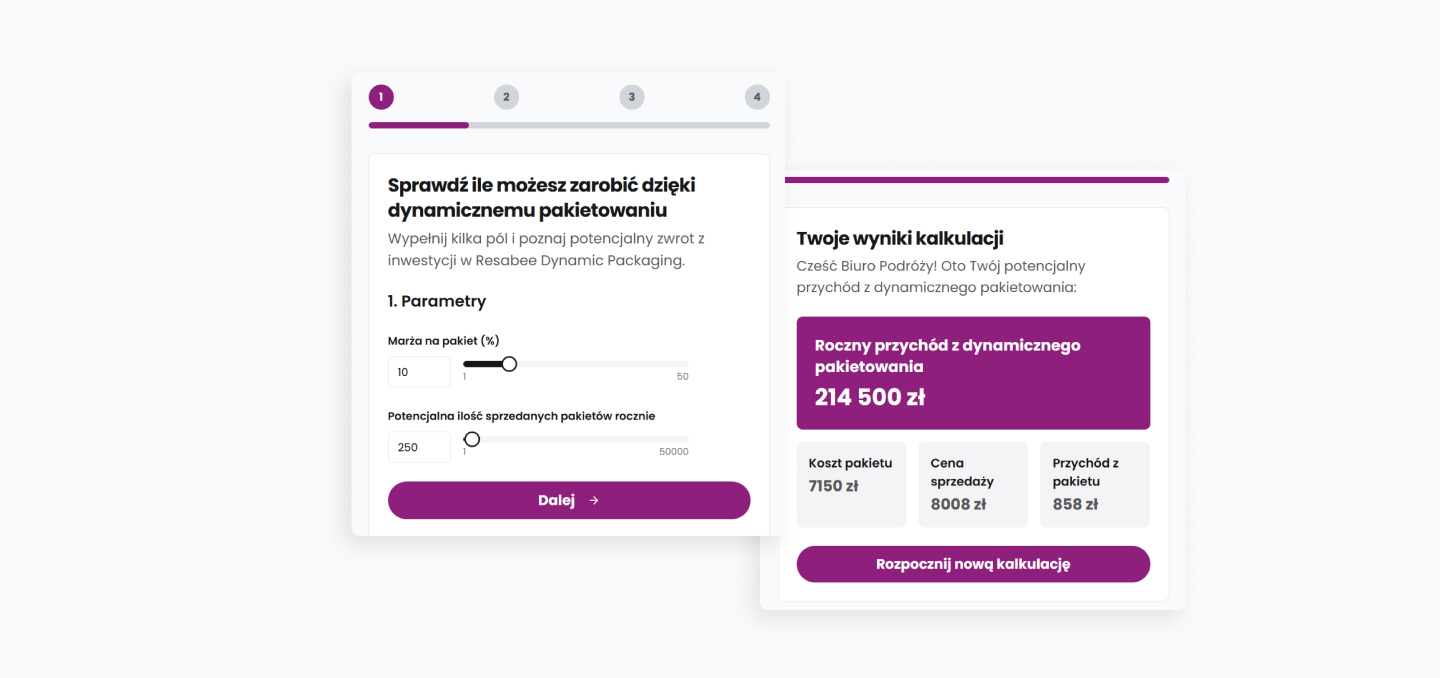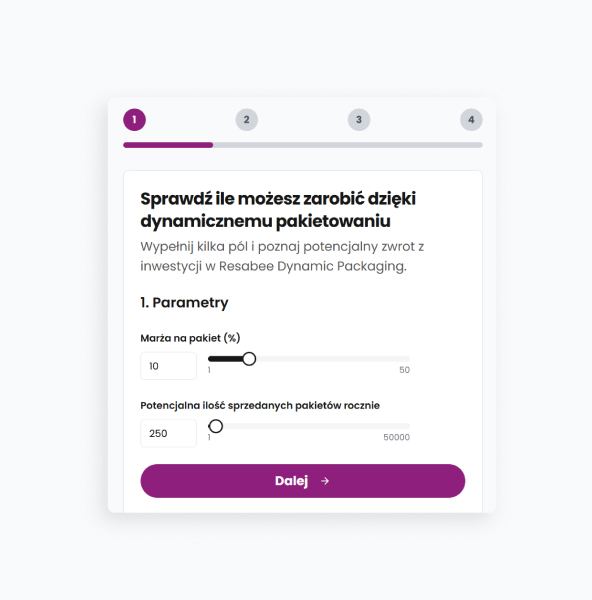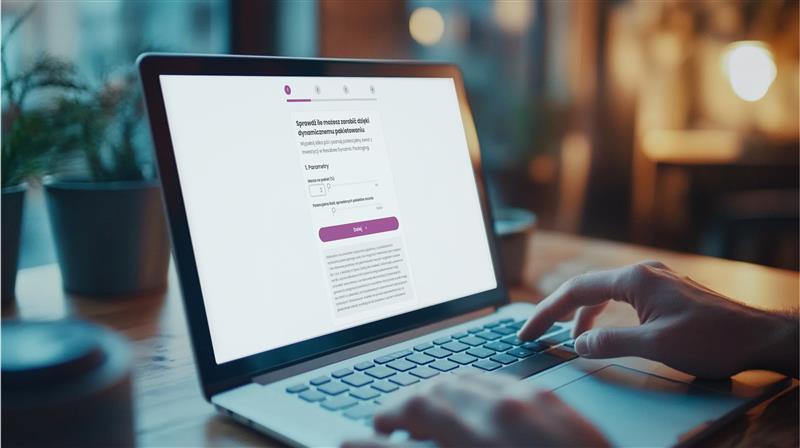Cutting costs and development time with AI-generated code

about the project
This project involved the independent development of a dynamic packaging revenue calculator for Axabee’s brand Resabee Travel Tech. The goal was to quickly move from an idea to a testable solution, bypassing traditional development barriers and validating the concept efficiently. The tool was later used by the marketing and sales teams to generate leads for the dynamic packaging service.
technologies
V0
React
TypeScript
Industry
Tourism
Services
AI rapid prototyping
Web app development
UX/UI Design
See what we’ve achieved:
<0,3 sec
performance website
load time
load time
Let’s see our results
Reduced development time by 75%
compared to traditional methods.
Validated 3 key value propositions
with initial stakeholders, leading to faster decision-making.
Business goals
01
Make a simple app without the engineering team - The primary goal was to demonstrate that a functional application could be developed independently, bypassing the typical resource allocation and coordination challenges associated with engineering teams.
02
Generate leads and improve engagement - The calculator was intended to serve as a valuable tool that could attract potential customers and foster greater interaction with the business's offerings.
03
Test value proposition and business case - By creating a tangible prototype, the project aimed to quickly assess the viability and appeal of the underlying business idea and its proposed value to users.
04
Minimize the risk of full-scale development - Developing a lightweight, functional app that allowed for early validation of the concept, significantly reducing the financial and time risks associated with a full-scale development effort.
05
Validate the market need - The project aimed to confirm whether there was a genuine demand or need in the market for such a tool.
The process of app building
AI tool experimentation
The journey began with exploring AI platforms like Claude and Lovable to assist with the calculator's logic and user interface. While these tools offered some assistance, they struggled with the specific, nuanced calculations required for the revenue model and failed to deliver a polished user experience. This phase was crucial in understanding the limitations of current AI for this particular task.
V0 prototype development
Based on the insights gained from the AI tool trials, the decision was made to build the first functional version (v0) by combining personal coding knowledge with a clear understanding of the AI tools' strengths and weaknesses.
Concept validation
The completed MVP was then published, allowing for real-world testing and validation of the core concept and user flow with a broader audience.
Results
01
Fast idea validation with minimal cost.
02
Enhanced sales support.
03
Reduced dependency on the technical teams.
04
Valuable blueprint for non-engineering teams to prototype faster.


Next steps
Based on the successful publication and real-world validation of this MVP, the next steps involve leveraging the insights gained from live usage to inform future development. This could include expanding features, integrating with other systems, or scaling the application further based on user feedback and business needs.
CASE STUDIES
